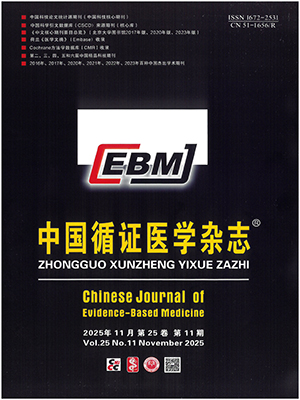Objective To retrospectively compare short-term outcomes and health economics of PHS versus UHS for inguinal hernia repair.
Methods We included 105 patients suffering from reducible inguinal hernia hospitalized in the First Affiliated Hospital of Lanzhou University from September, 2007 and September, 2012. The referred hernia types involved direct and indirect hernia (unilateral and bilateral). Based on different repair materials, the patients were divided into two groups, PHS group (n=53) and UHS group (n=52). Outcome parameters for comparison included incidences of seroma and scrotum edema, hospital duration, costs, etc.
Results There were no differences in age, sex, hernia type, incidences of seroma and scrotum edema after surgery, hospital duration and costs between the two groups. However, the patients in the PHS group spent less money than those in the UHS group regarding the costs of materials and hospitalization, with significant differences.
Conclusion For inguinal hernia repair, PHS and UHS are alike in reducing short-term complications, but PHS can significantly reduce patients’ economic burden due to less costs.
Citation: LI Peng,GAO Mingtai,TIAN Jinhui,YANG Kehu. Comparison of Short-term Outcomes and Health Economics of PHS versus UHS for Inguinal Hernia Repair. Chinese Journal of Evidence-Based Medicine, 2013, 13(9): 1049-1052. doi: 10.7507/1672-2531.20130181 Copy
Copyright ? the editorial department of Chinese Journal of Evidence-Based Medicine of West China Medical Publisher. All rights reserved




